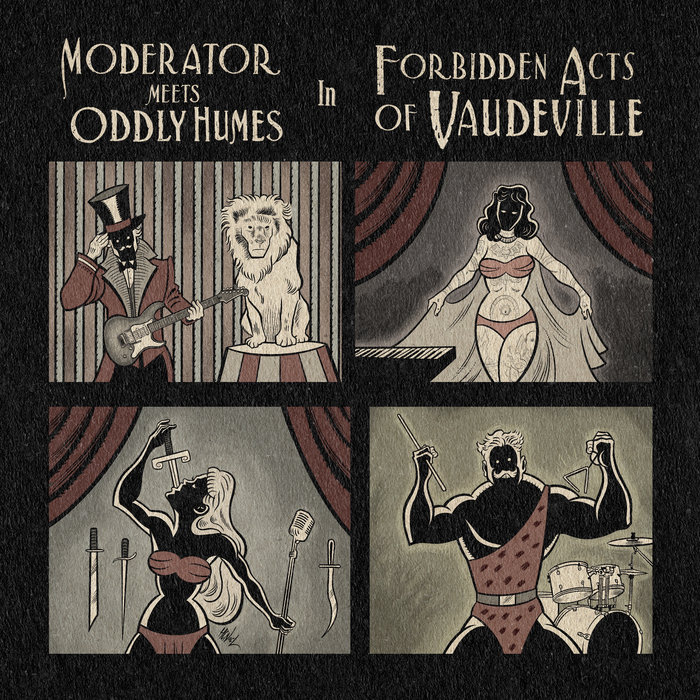
Heartaches And Troubles – Moderator, Oddly Humes
this blog is GROOVY – check out great Soul, Funk, Jazz, Hip Hop, Bass, Breaks , Reggae, House n many more TUNES
Hey there, music lovers! Grab your headphones and let’s take a funky journey through the world of beat tapes—a genre that’s as chill as it is creative. We’re diving deep into what makes this style tick, its history, and some quirky facts about the artists who make it all happen. So sit back, relax, and let’s groove!
First things first: what exactly is a beat tape? In simple terms, it’s a collection of instrumental tracks typically created by producers for showcasing their production skills. These tapes serve as an outlet for creativity and can be used to promote beats for rappers or simply enjoyed solo by listeners looking to vibe out.
Beat tapes emerged from the underground hip-hop scene but have since wandered into various musical territories—each with its own flare and flavor.
The roots of beat tapes can be traced back to the late 1980s when hip-hop was still finding its legs. Producers like J Dilla (formerly known as Jay Dee) began to showcase their production talents in unique ways. His album “Donuts,” released posthumously in 2006, became a legendary example—composed entirely of short beats that perfectly encapsulated his innovative style and knack for sampling.
Another early influence was DJ Shadow’s “Endtroducing…” (1996), regarded as one of the first albums made solely from samples. It blurred lines between genres and laid the groundwork for future beat-making enthusiasts.
As we cruised into the 1990s, beat tapes started hitting harder than your favorite pair of kicks! Artists like MF DOOM were all about those raw sounds mixed with intricate rhythms. Doomsday had him dropping gems like “Special Herbs,” where he showcased his talent while digging up old-school samples that kept heads nodding worldwide.
Now here’s something funny: Legend has it that DOOM recorded many tracks while working at home in pajamas! Who knew genius could thrive wrapped in cozy cotton?
During this time span came along another key figure—Madlib—with his series “Beat Konducta.” A true mad scientist behind those knobs; Madlib produced countless beats while simultaneously running on caffeine binge sessions! Rumor has it he used to record entire projects in just one night fueled by nothing but coffee!
Fast forward to early 2000s; technology kicked down doors wide open! With platforms like Bandcamp, SoundCloud, and later YouTube popping up everywhere—you guessed it—beat makers took advantage by sharing their work globally at lightning speed!
This era birthed numerous sub-genres within beat making—from lo-fi chillhop vibes perfect for studying or unwinding after work (shoutout Nujabes!) to more experimental sounds seen in acts like Flying Lotus who often draws influences ranging from jazz fusion straight into electronic wizardry!
Fun Fact: Did you know Flying Lotus almost didn’t get noticed because people thought his sound was too “weird”? But hey – wasn’t “weird” just another word for genius?
Sampling became akin to treasure hunting during these times; producers dug through crates filled with vinyl records searching high-and-low looking for melodic gold nuggets—and sometimes they found gold—in unexpected places!
For instance: Sample-hunting legends such as Kanye West unearthed obscure soul records which would become pivotal pieces on chart-topping hits decades later… talk about turning trash into treasure!
It’s not uncommon nowadays either if you follow closely enough—you might come across wild stories concerning how certain tracks originated—or even bizarre mishaps during recordings themselves leading someone accidentally stepping on cables causing loops & hilarious bloopers amid serious moments creating eternal classics instead!
The late 2010s saw yet another wave lifting off called Boom Bap Renaissance, returning fresh nostalgia grounded deeply within gritty drum patterns reminiscent of earlier eras but updated with modern twists infused throughout eclectic styles reviving hidden memories once entertained years ago shaped alongside contemporary snippets sewn together harmoniously…
Artists such as Earl Sweatshirt collaborated frequently presenting intricate flows upon thoughtfully constructed beats offering layers inviting us again inside familiar spaces explored long ago—but now with vibrant splashes reflecting new colors added onto timelines previously painted only black-and-white pictures showing growth taking leaps towards innovation endlessly…
Here lies our next delightful tidbit! Have you ever heard rumors regarding Earl keeping skateboards next door? Well rumor has it he actually skated around venues waiting himself before performances—that dude shreds both lyrically and on deck boards alike…but no fear here folks—the skateboard undoubtedly gets returned safely every time without injury involved happily rolling along freshly waxed floors afterward—so keep shredding Earl!
So there you have it—the rich history behind beat tapes packed full-o-funky flavors served chilled over crispy rhythms pulsating from speakers far ‘n wide… Is there anything better than vibing out listening through evolving narratives captured seamlessly melding past-to-present sonorities moving hearts getting caught forever lost drifting rhythmically onward toward unexplored grooves illuminating lives otherwise quiet shadows left unturned till arrival beckoning forward generously inviting everyone inside universes crafted beautifully through sonic alchemy…
Next time you’re jamming out or scrolling playlists gathered over digital landscapes—think twice about homages lying beneath surface waves connecting individual threads creating living histories within art sculpted deftly transforming minds each display brought rhythm flowing effortlessly down spontaneous lanes recalling joys profound threading laughter amidst passionate endeavors cherished glimpses timeless resonances echoing wherever joy exists eternally reverberating heartbeat vibes carried forth groovy-style endlessly… 🎶

Heartaches And Troubles – Moderator, Oddly Humes
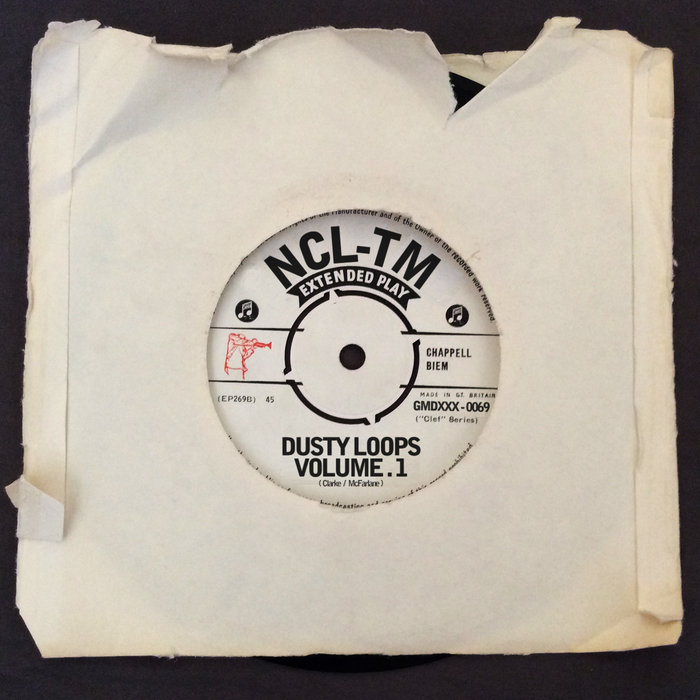
Sunshine – NCL-TM
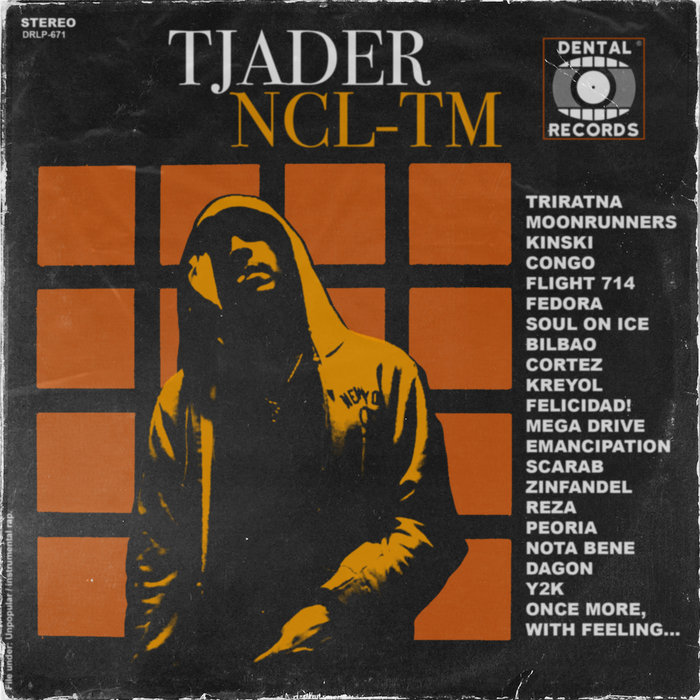
KINSKI – NCL-TM
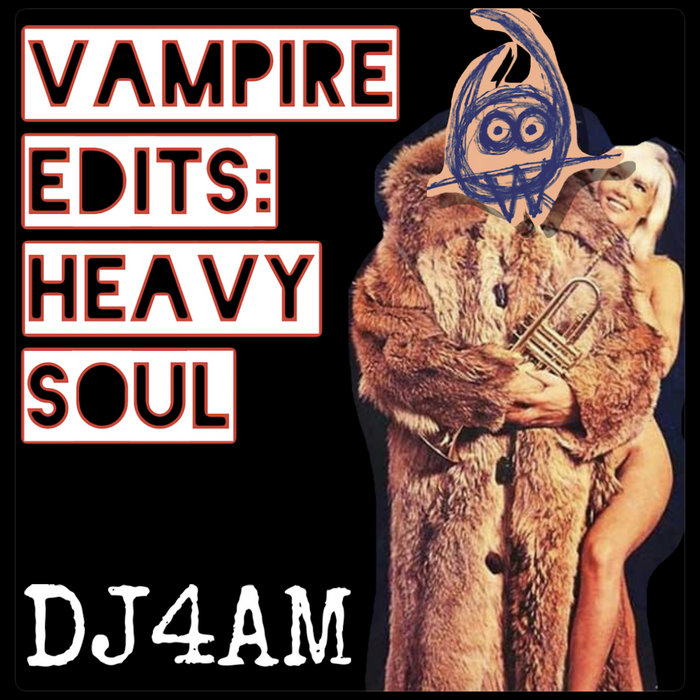
Vampire Edits: Heavy Soul – The Vampire On A Pony Network
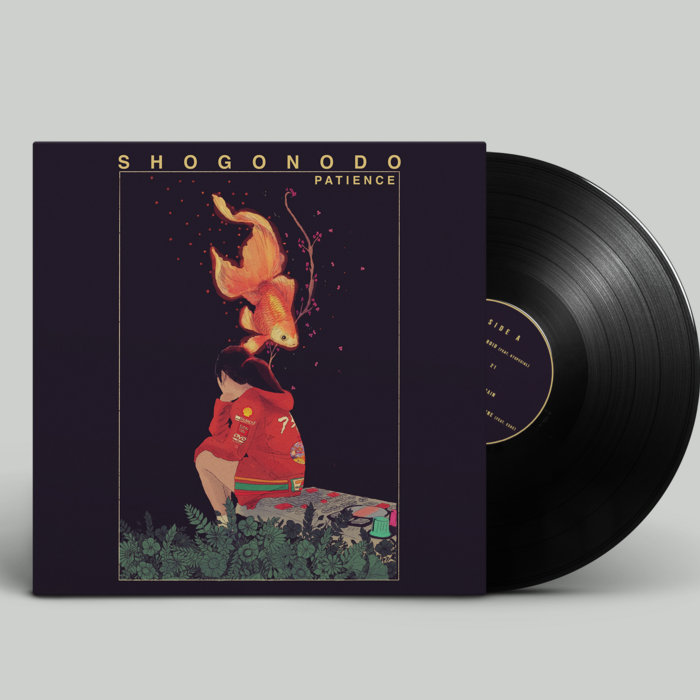
wholetrain – shogonodo

Jazziest – Illect Recordings

ITD X LST – Rough Remarks
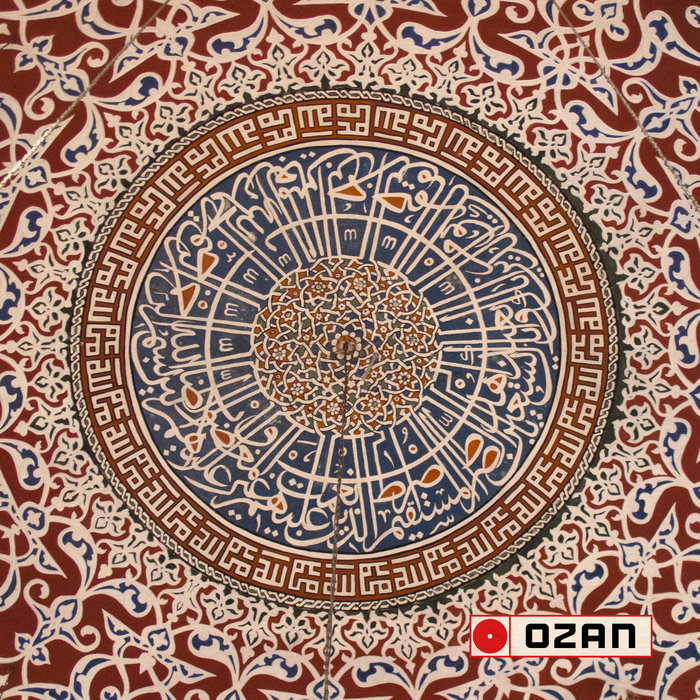
Tughril – Enver Göyken
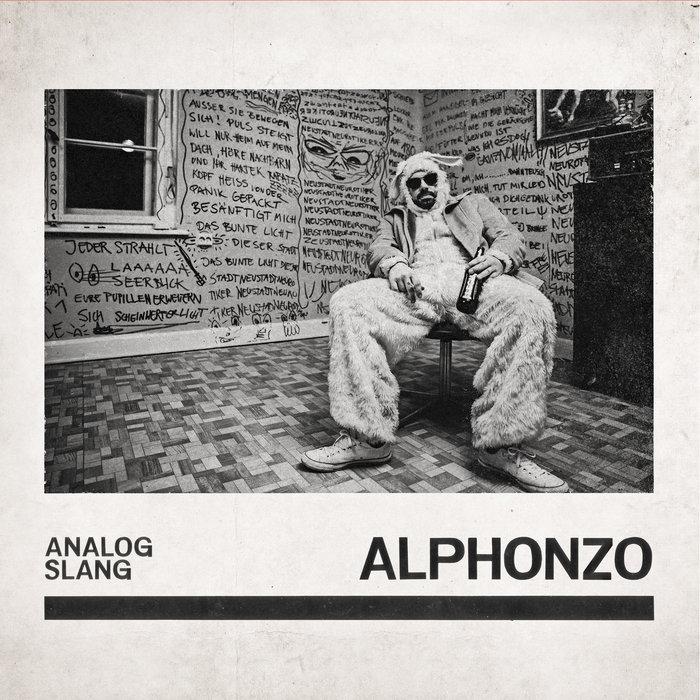
WSG – Figub Brazlevič
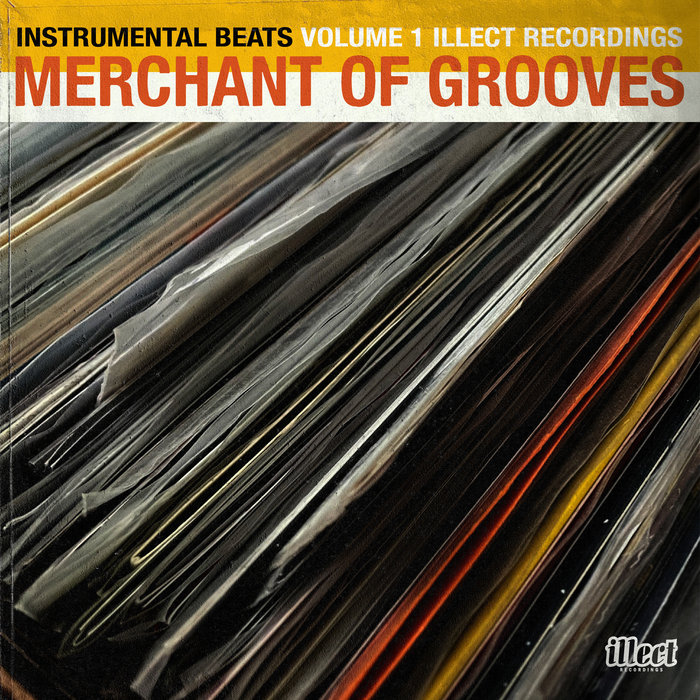
DertBeats – Dinner Music – Illect Recordings